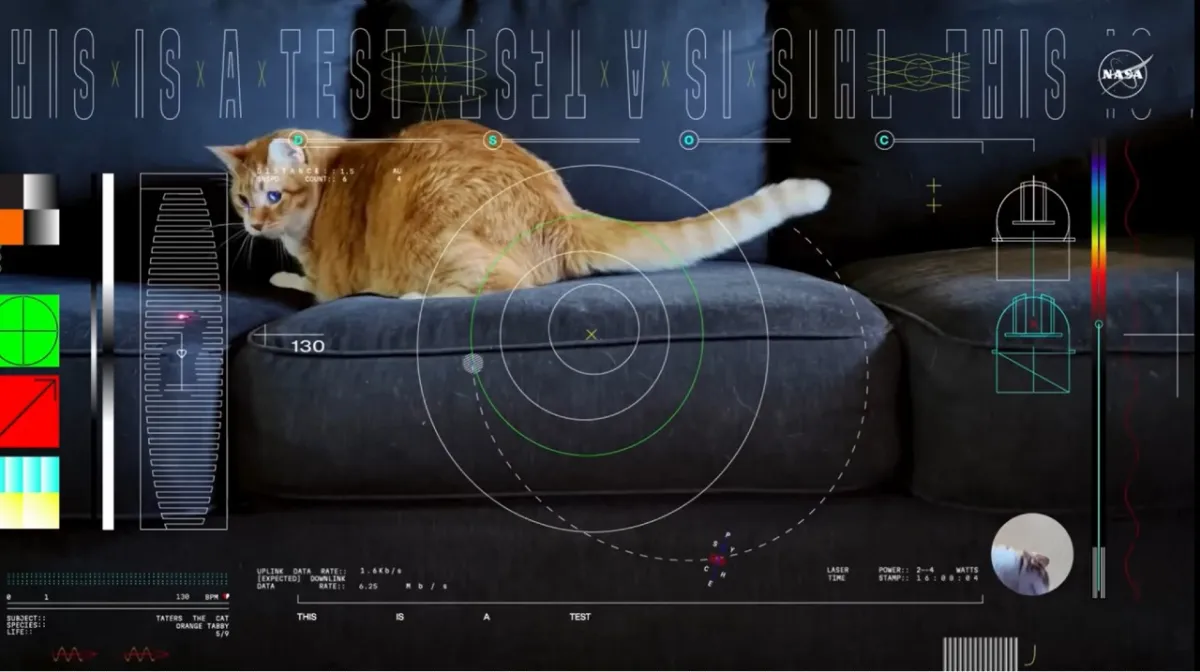Brandeis University researchers have created a gel from organic components that, despite being lifeless, seems to move of its own volition. While the movements are too small to be seen with the naked eye, when viewed under a microscope, particles in the gel flow of their own accord, moving like living cells viewed on a slide.
The gel is made by combining protein microtubules from cow brains, kinesin molecules harvested from bacteria, and adenosine-triphosphate (ATP), the molecule commonly responsible for transporting energy between organelles inside a cell, so it’s probably not exactly what you’re looking for in a base for your Thanksgiving cranberry sauce. By binding the protein microtubules together into bundles, though, the Brandeis team was able to create a substance that moves, mimicking the motion of cells sliding past one another you may have last seen in your sophomore biology lab.
A non-living substance that moves like cellular material could have major implications for drug delivery down the line. It’s possible that future iterations of the gel could be programmed by researchers to move in a controlled way, sending pharmaceuticals directly to the site of an infection or other health problem. The bundles that make up the gel also demonstrated self-healing qualities that could make them right at home in next generation LCD screens that are harder to break, and let’s face it — as thoroughly clumsy folk, we’re always on the lookout for electronics that are more difficult to break.
(via Brandeis University)
- Here is another high-tech gel that could one day replace your cartilage
- Science can make your potato chips transparent now, too
- Remember when weird gel spheres fell on a British guy’s house? Good times…








Published: Nov 13, 2012 01:35 pm